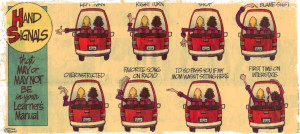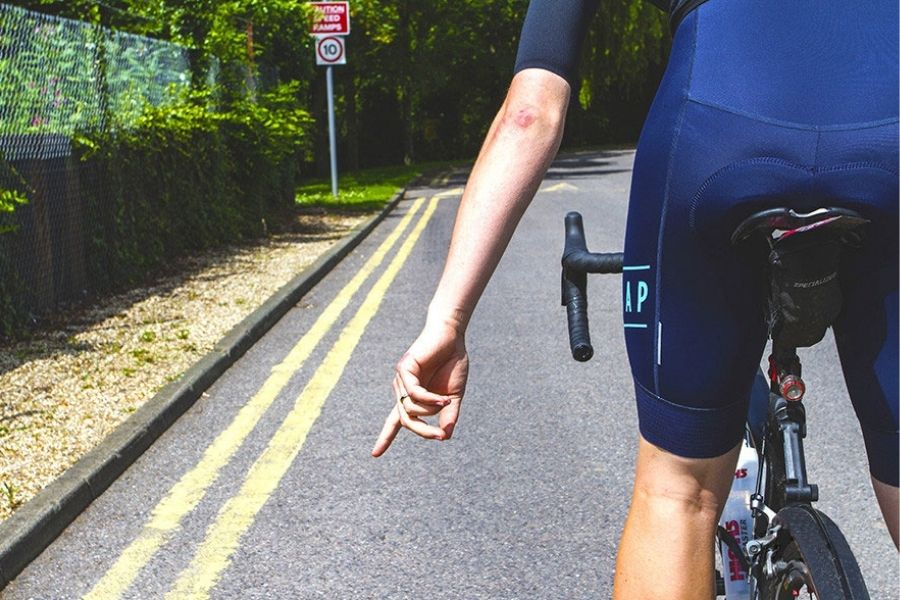


HAND SIGNALS FOR DRIVING TEST DRIVERS
To alert other drivers that they made a mistake.
HAND SIGNALS FOR DRIVING TEST DRIVER
The driver or bicyclist may not be able to safely go faster due to illness, being lost, intoxication, or mechanical problems with the vehicle.

Horn, Headlights, and Emergency Signals Use Your Horn The placement of hands on the wheel at 9 and 3 o’clock, or slightly lower at 8 and 4 o’clock, is critical to vehicle balance. The only time that a 12 o’clock hand position is recommended is when backing a vehicle while turning, as the driver must turn in their seat to see the path of the vehicle. One Hand Steering–NHTSA recommends using one-hand steering only when turning while backing, or operating vehicle controls that require removing a hand from the steering wheel.Depending on the direction you are turning, one hand will push the wheel up, while the other hand will let go, reach across the other arm, grasp the wheel, and pull up. When using this method, start with your hands at 9 and 3 o’clock, or slightly lower at 8 and 4 o’clock.

Hand-Over-Hand Steering–This method of steering can be used when turning at low speeds, parking, or recovering from a skid.Depending on the direction you are turning, one hand will push the wheel up, and the opposite hand pulls down. Using this steering method, your hands do not cross over the face of the steering wheel, and therefore there is less chance of injury to your face, arms, or hands in the event of an air bag deploying. Hand-to-Hand Steering–This steering method may also be called “push/pull” steering.There is no one correct way to steer a vehicle safely, but here are a few steering methods recommended by NHTSA: To reduce face, arm, and hand injuries in the case of a deployed air bag, you should grip the outside of the steering wheel, with your knuckles on the outside of the wheel, and your thumbs stretched along the rim. If you think of the steering wheel as the face of a clock, place your hands at 9 and 3 o’clock, or slightly lower at 8 and 4 o’clock. While there is no one correct hand position or way to steer, the National Highway Traffic Safety Administration (NHTSA) has provided some basic guidelines. Recommendations for steering control and hand positions differ from vehicle to vehicle based on the size, age, speed, and responsiveness of the vehicle. Remember to cancel your signal after turning. If you signal too early, the other driver may think you plan to turn into the intersection and they may pull out in front of you. Start signaling when you are in the intersection. If you plan to turn beyond an intersection.A vehicle you do not see may suddenly appear and hit you. Even when you do not see other vehicles.Before pulling next to the curb or away from the curb.At least 5 seconds before you change lanes on a freeway.Check your mirrors, look over your shoulder, and check your blind spot before changing lanes. During the last 100 feet before reaching the turning point (left or right turn).Bicyclists may give right turn signals with their right arm held straight out, pointing right. Motorcyclists often use hand signals to make themselves more visible. If bright sunlight makes the signal lights hard to see, also use hand-and-arm signals. Signals may be given by hand-and-arm positions or using the vehicle’s signal lights. Signaling lets other drivers, motorcyclists, bicyclists, and pedestrians know your intentions. Always signal when turning left or right, changing lanes, slowing down, or stopping.


 0 kommentar(er)
0 kommentar(er)
